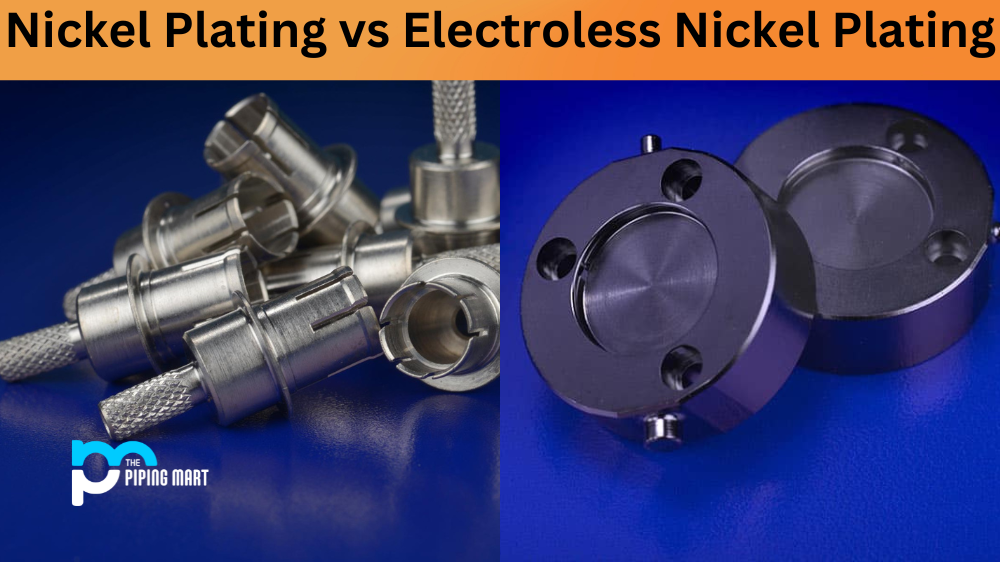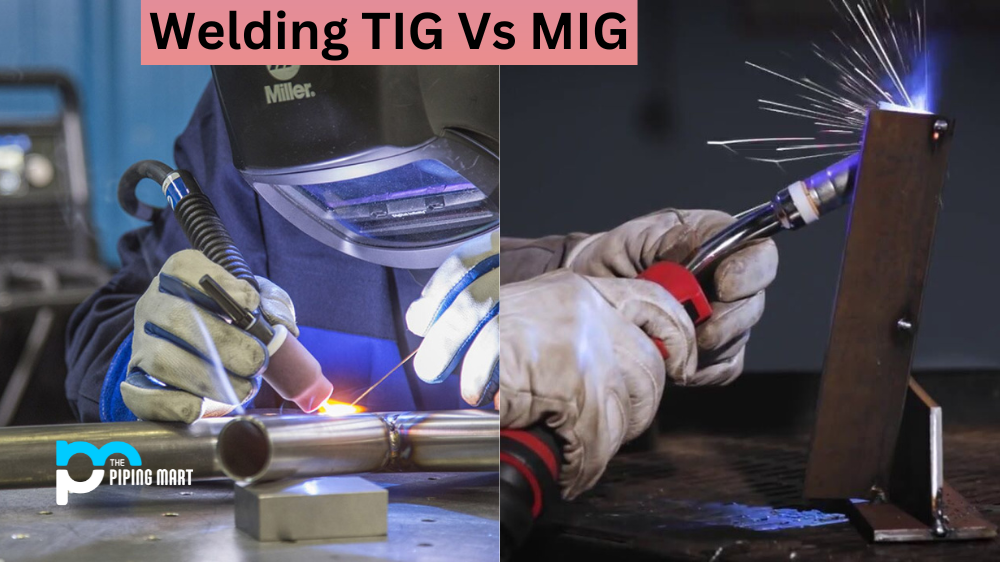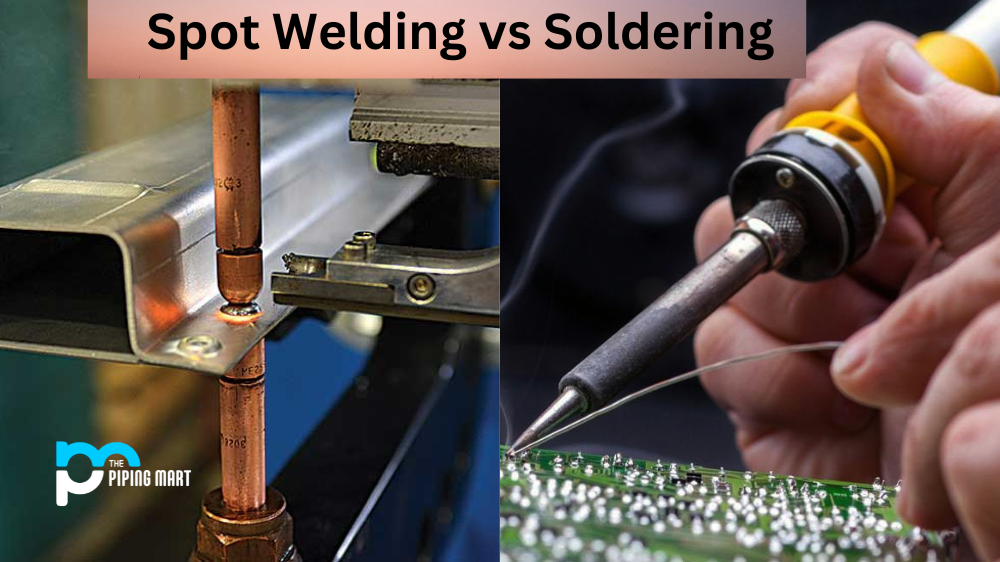When it comes to metal finishing, a few different techniques are used to add a protective layer. Two popular choices for this are nickel plating and electroless nickel plating. Understanding the differences between these two methods can help you make the best decision for your project. Let’s take a look at both of these options in more detail.
Nickel Plating
Nickel plating is an electroplating process that uses a solution of nickel ions as the source material. During this process, electricity is used to force the nickel ions onto the surface of the metal being treated. This creates a strong bond between the metal and the nickel, which helps protect it from wear and corrosion over time. The biggest benefit of this type of plating is its affordability; however, it does require more maintenance than other types of plating due to its tendency to flake off over time.
Electroless Nickel Plating
In contrast, electroless nickel plating does not require electricity or any additional sources of power to complete; instead, it relies on chemical reactions that occur when certain elements come into contact with each other in solution form. This makes it ideal for projects where electrical currents cannot be used (such as those involving water). Unlike traditional nickel plating, electroless nickel plating offers better protection against corrosion and wear since it forms an even coating on all surfaces. It also requires less maintenance than traditional methods since it does not flake off over time as traditional methods can do. However, this type of finish is more expensive than traditional options due to its complexity and the specialized equipment needed for the application.
Difference Between Nickel Plating and Electroless Nickel Plating
- Nickel plating is a process in which a layer of nickel is applied to a metal surface.
- Nickel plating is typically used for decorative purposes, as it gives the metal a shiny, silver appearance.
- Nickel plating can also be used to increase the durability of the metal, as the nickel layer helps to protect against corrosion and wear.
- Electroless nickel plating is a process in which a layer of nickel is applied to a metal surface without the use of an electrical current.
- Electroless nickel plating is typically used for industrial applications, as it provides superior corrosion resistance and wear resistance compared to regular nickel plating.
- One disadvantage of electroless nickel plating is that it is more expensive than regular nickel plating.
Conclusion:
Nickel plating and electroless nickel plating offer great protection against wear and corrosion; however, they each have unique benefits and drawbacks depending on your needs and budget constraints. If you need an affordable option with less maintenance but still want good protection against corrosion, then traditional nickel plating might be right for you! On the other hand, if you are looking for a stronger bond with better protection against corrosion but don’t mind spending more money upfront, then electroless nickel plating might be worth considering! No matter what option you choose, understanding the differences between these two methods can help ensure that you get the best results for your project every time!

A passionate metal industry expert and blogger. With over 5 years of experience in the field, Palak brings a wealth of knowledge and insight to her writing. Whether discussing the latest trends in the metal industry or sharing tips, she is dedicated to helping others succeed in the metal industry.




